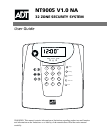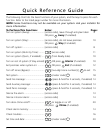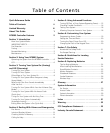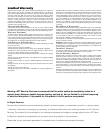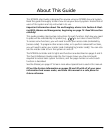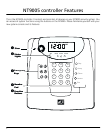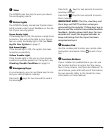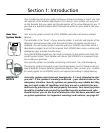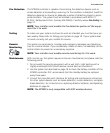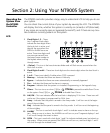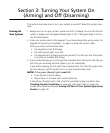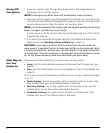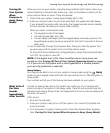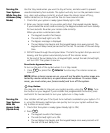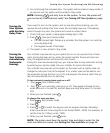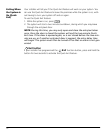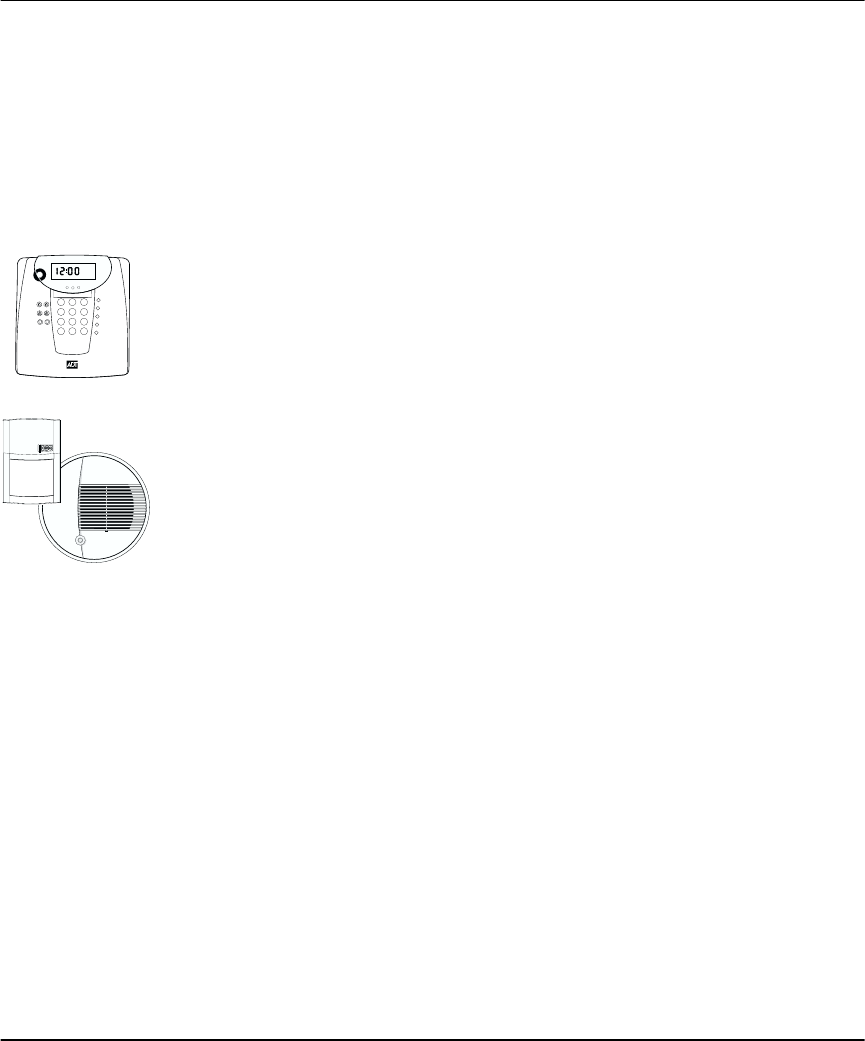
4
3
6
9
8
5
2
1
4
7
*
0
#
Ready
Trouble
Armed
OPEN
12345678
ALARM
Stay
Away
PM
AM
Memory
Bypass
Fire
Program
Chime
Stay
Away
Chime
Interior
Exit
Section 1: Introduction
Your installer has set up your system with your home or business in mind. You may
not need all of the features described in this manual. Your installer will only turn
on the features that you need, and should explain all the active features to you. If
you have any questions about which features are active on your system, ask your
installer.
How Your
System Works
Your security system consists of a DSC NT9005 controller and various wireless
devices.
The controller is the “brain” of your security system. It controls and checks all the
detectors, and communicates with the central station (if remote monitoring is
enabled). You will access system functions with your NT9005 controller, which is
described on pages 2 and 3 of this manual. Each NT9005 has a siren, number pad,
emergency keys, and five function keys.
Using the NT9005 keypad you can send commands to the system and check the
current system status. Your installer will mount the NT9005 in a convenient loca-
tion inside your premises.
Your security system can provide monitoring of intrusion, fire, and emergency.
The security system has several zones (monitored areas). Each of these zones will
have a detector (motion detector, glassbreak detector, door contact, etc.). A detec-
tor sends signals to the NT9005 which will respond according to programming.
IMPORTANT
NOTICE
A security system cannot prevent emergencies. It is only intended to alert
you and – if the system is remotely monitored – your central station of an
emergency situation. Security systems are generally very reliable but they
may not work under all conditions and they are not a substitute for pru-
dent security practices or life and property insurance. Your security system
should be installed and serviced by qualified security professionals who
should instruct you on the level of protection that has been provided and
on system operations. For important warnings and cautions, see page 32.



